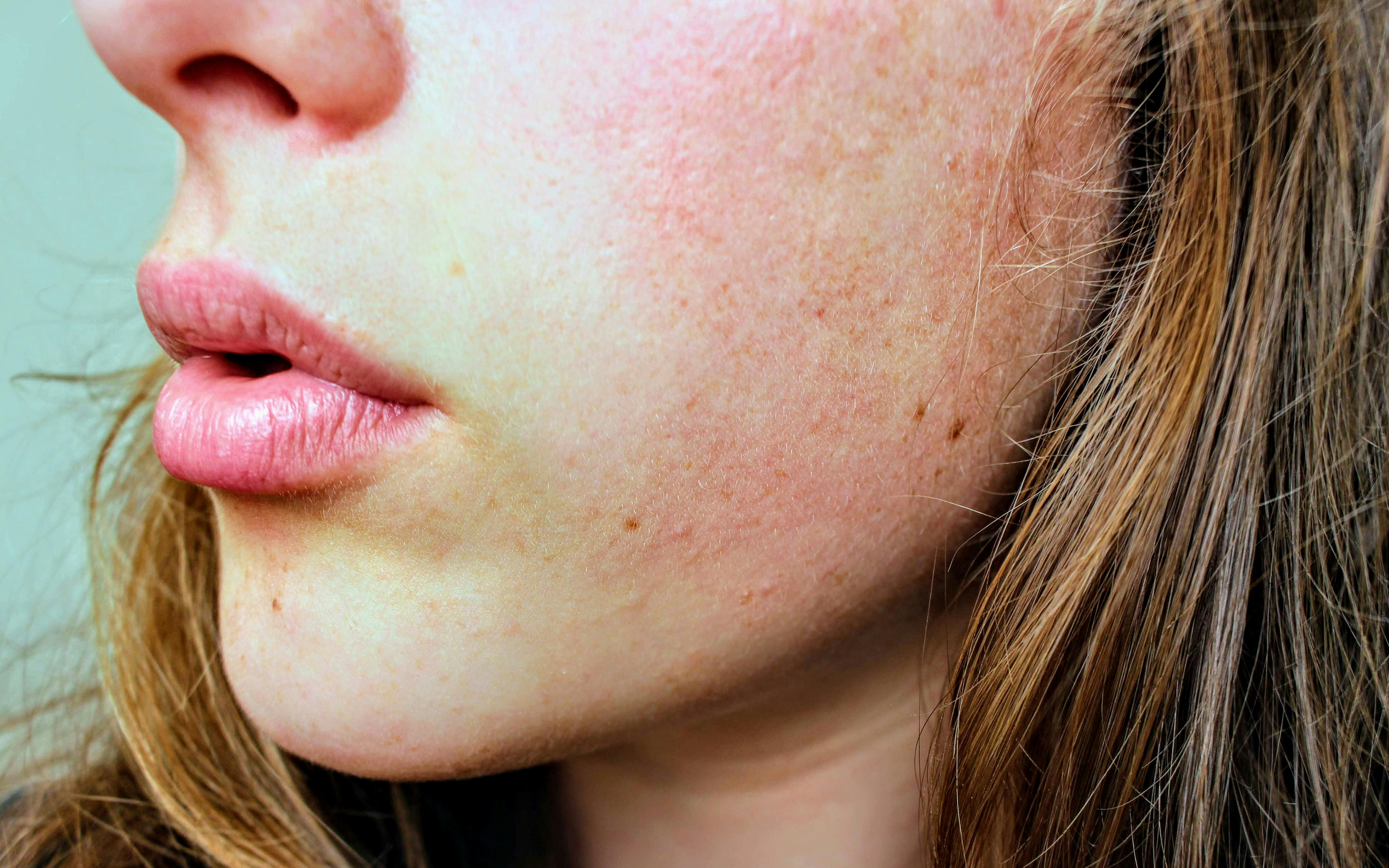Managing Hyperpigmentation: Past, Present, and Promising Futures
Hyperpigmentation—those persistent dark patches or spots that can arise on the skin—has long been a source of frustration across cultures and centuries. Whether caused by sun exposure, inflammation, hormonal shifts, or even the natural process of aging, these changes in skin tone are among the most common dermatological complaints worldwide. For some, hyperpigmentation is a fleeting annoyance; for others, it’s a chronic concern with tangible impacts on self-esteem and social interactions. The quest for clear, even-toned skin has driven innovation in beauty rituals and dermatology for generations, making it a subject of both enduring importance and modern innovation.

Tracing Hyperpigmentation Through History
Interest in achieving a uniform complexion is hardly a recent phenomenon. Ancient Egyptian papyri detail concoctions of unguents and oils—such as castor and moringa—used to fade spots and brighten skin. In Imperial China, rice water and pearl powder were prized for their brightening effects, while Greco-Roman texts recommended honey and vinegar masks to address discoloration. These early remedies, though primitive by today’s standards, reflect a universal preoccupation with skin clarity that transcended geography and class.
By the 20th century, the development of topical agents like hydroquinone, kojic acid, and arbutin introduced more targeted approaches. Dermatology’s evolution paralleled advances in chemistry and pharmacology, yet many of the underlying challenges—balancing efficacy with safety, and preventing recurrence—remained stubbornly complex.
The Modern Landscape: A Multitude of Solutions
Today, the arsenal against hyperpigmentation is impressively diverse. Over-the-counter serums boast ingredients like vitamin C, niacinamide, and licorice root extract, while prescription therapies offer stronger agents such as hydroquinone, tretinoin, and corticosteroids. Chemical peels and laser treatments, once considered niche or risky, are now widely accessible and continually refined for better safety profiles and faster recovery times.
Yet, the proliferation of options brings its own challenges. Consumers are often inundated with conflicting advice and miracle claims, leading to confusion and misuse. Recent years have also seen skepticism regarding long-term use of certain ingredients—especially hydroquinone—due to potential side effects like ochronosis (a bluish-black discoloration) and concerns about skin barrier disruption. Meanwhile, the rise of social media has accelerated trends toward “natural” and “clean” formulations, sometimes at the expense of scientifically validated results.
Beyond Aesthetics: The Psychological Impact
What’s often overlooked in discussions of hyperpigmentation is its psychological dimension. Unlike acne or eczema, which may involve pain or discomfort, hyperpigmentation’s effects are primarily visual. However, studies show that the visibility of dark spots—especially on the face—can significantly affect quality of life, influencing everything from confidence to professional and social dynamics.
Interestingly, research also suggests that the psychological burden may be more pronounced in societies with a high premium on even skin tone, or among individuals with darker skin types who are more prone to post-inflammatory hyperpigmentation. This has spurred a growing movement within dermatology to prioritize not only effective treatment but also sensitivity to the cultural and emotional context of hyperpigmentation.
New Directions: Personalized Care and Prevention
The future of hyperpigmentation management is shifting towards a more tailored, preventative approach. Genetic and epigenetic research is beginning to unravel why some individuals are more susceptible to pigmentation changes, paving the way for customized interventions. Dermatologists increasingly recommend early, proactive use of broad-spectrum sunscreens and antioxidants as the foundation for preventing both new and recurring spots.
Emerging therapies—such as tranexamic acid, cysteamine, and even topical melatonin—are gaining traction for their novel mechanisms and lower risk profiles. Meanwhile, advances in laser technology, like picosecond and fractional lasers, offer more precise targeting of pigment with less risk of scarring or rebound hyperpigmentation, particularly for skin of color.
Uncovering Lesser-Known Factors
While sun exposure and inflammation are widely recognized triggers, unique insights are emerging into lesser-known contributors. For example, recent studies have highlighted the role of visible light (not just UV) in exacerbating pigmentation, especially in darker skin types. Pollution is another underappreciated factor; particulate matter and environmental toxins can induce oxidative stress, fueling melanocyte activity and dark spot formation.
Additionally, the gut-skin axis—a burgeoning field of research—suggests that imbalances in gut microbiota might influence skin pigmentation through inflammatory pathways. Such findings hint at a future where addressing hyperpigmentation may involve more holistic strategies, including dietary modification and microbiome support.
Bridging Science and Self-Care
In the current era, the management of hyperpigmentation is no longer a one-size-fits-all endeavor. The convergence of historical wisdom, modern science, and cultural awareness has led to more nuanced and effective strategies. However, lasting progress depends on both informed professional guidance and empowered self-care. Choosing therapies that align with one’s skin type, lifestyle, and values—while grounding decisions in evidence rather than hype—is crucial for real, sustainable results.
As our understanding deepens, the pursuit of an even complexion continues to be about more than aesthetics—it reflects a broader journey toward self-acceptance, confidence, and skin health. In embracing both the science and the subtlety of skin tone, we may finally move beyond mere correction, fostering a culture that values individuality as much as clarity.



